WA-Quantum Supreme Loudspeaker Chips
|
|
|
Thanks to Clement Perry’s suggestions and urgings, freestanding tweaks have made a big, albeit inexplicable, difference. “Big” is an unquantifiable term. For me, it describes anything that enhances the stereo image. If I can hear it, no way is it small. In the matter of impact, not to neglect inexplicability, I measure my impressions on the Mind-Boggle Scale, from one to ten, ten being a departure from boggled to blown. (The mind, I mean.)
Now to these chips. As a marketing term, “quantum”gets a good deal of exercise in Audiophilia’s pleasure groves. To put that plainly, it’s a cliché. Quantum, schmantum, I can only offer as a lame generality that the technology or alchemy these freestanding WA stick-ons employ would seem to affect the listening room’s space. The air. The molecules. The atoms. The ether. I mean, what the hell, if we’re speculating, caution becomes an early fatality. But this I can say without hesitation: the image acquires better color and dimension. I’m closer to it. Listening becomes a more involving experience. If “presence” weren’t such a compromised term, I’d enlist that too. (Remember presence controls on preamps and integrated amps? If you do, is it with fondness or scorn? My money’s on scorn. They went the way of tone controls, likewise unlamented.) The loudspeaker chips are $130 / pair. To look at, expensive. To hear, a bargain.
“Walk away from anyone who claims to know anything about Quantum mechanics. The one thing we all agree upon is how much we don’t know” shouts Jack Bybee. Those sentiments came pouring back while grappling with the idea of how a bare thin strip of aluminum foil could sonically impact a loudspeaker WHEN PLACED ANYWHERE ON ITS CABINET? Moreover, a massive loudspeaker like the 900 pound Sunny Supreme horn loudspeakers? Surprisingly, Mike had noticed an improvement using only the WA Quantum Speaker Chips when the company also manufactures specialized Chips for Capacitors, Transformers, Cables, Fuses, Phono Headshells – and even a Cell Phone Chip! (Can You Hear Me Now?). I would have accepted the idea of sonic improvements if Mike said he had installed an entire arsenal of the WA Quantum products throughout his system.
Knowing and trusting Mike’s sonic impressions, hesitantly I replied, Okay, send me a pair of those WA Quantum Speaker Chips too. A single pair of these razor-thin stickers placed on the rear of the Sunny loudspeakers provided a slight increase in the upper frequencies and outer edges of the sound stage, resulting in enhanced detail, added sparkle and transparency. Another noticeable difference was my peripheral sense of the extreme width of the soundstage became sharper and better focused. In essence, the overall presence and transparency of my big rig has been improved by the inclusion of the WA Quantum Speaker Chips. At $130.00 a pair, I consider these a steal. I don’t understand what they’re doing nor do I believe the weird explanations I have read. But in the end, results are more important than theoretical claims. Hopefully, in the coming months, we will be reporting back on what the rest of the WA Quantum products do as an order has been placed. Highly recommended!
|
| Don’t forget to bookmark us! (CTRL-SHFT-D)
|
Stereo Times Masthead
Publisher/Founder
Clement Perry
Editor
Dave Thomas
Senior Editors
Frank Alles, Mike Girardi, Key Kim, Russell Lichter, Terry London, Moreno Mitchell, Paul Szabady, Bill Wells, Mike Wright, Stephen Yan, and Rob Dockery
Current Contributors
David Abramson, Tim Barrall, Dave Allison, Ron Cook, Lewis Dardick, Dan Secula, Don Shaulis, Greg Simmons, Eric Teh, Greg Voth, Richard Willie, Ed Van Winkle, and Rob Dockery
Music Reviewers:
Carlos Sanchez, John Jonczyk, John Sprung and Russell Lichter
Site Management Clement Perry
Ad Designer: Martin Perry


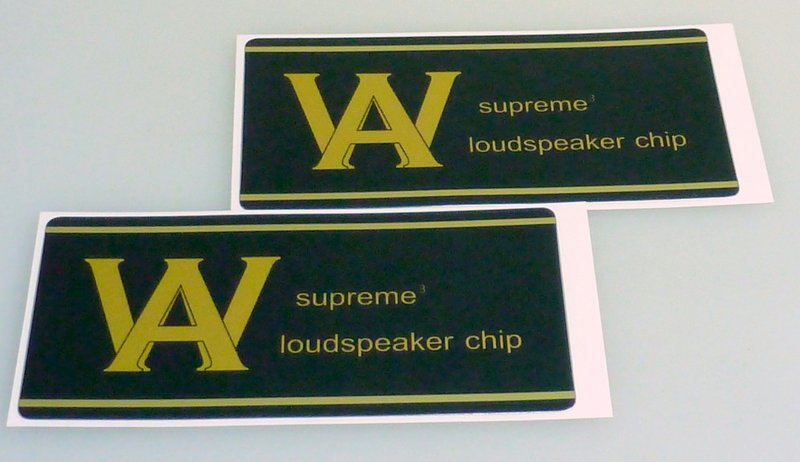
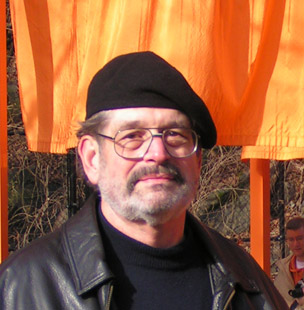 My interest in freestanding audio tweaks looks back to the Brooklyn loft Best Beloved and I shared before we resettled in Maine. The first item on what has become an audiophile’s enigma list was Bill Stierhout’s little Quantum Symphony box. I was pleasantly flummoxed by the device’s independence. It sat there, doing its thing, its sole connection, to a wall outlet.
My interest in freestanding audio tweaks looks back to the Brooklyn loft Best Beloved and I shared before we resettled in Maine. The first item on what has become an audiophile’s enigma list was Bill Stierhout’s little Quantum Symphony box. I was pleasantly flummoxed by the device’s independence. It sat there, doing its thing, its sole connection, to a wall outlet. Its effectiveness was easy enough to test. You turned it on and off and listened for a difference. Some time later I acquired a more potent model, the Quantum Symphony Pro. I don’t recall having set it up here at the Noble Pile. In the event, on bringing it down from the attic just now, I discovered that it died. (A Nordost line conditioner incorporates Stierhout’s Quantum Resonance Technology.)
Its effectiveness was easy enough to test. You turned it on and off and listened for a difference. Some time later I acquired a more potent model, the Quantum Symphony Pro. I don’t recall having set it up here at the Noble Pile. In the event, on bringing it down from the attic just now, I discovered that it died. (A Nordost line conditioner incorporates Stierhout’s Quantum Resonance Technology.)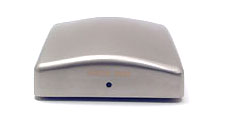 First among equals is Acoustic Revive’s RR-77, its extraordinary designer, Ken Ishiguro. This near-weightless trifle does something to the listening room I still find hard to believe. And it, too, lends itself to on-off comparisons. There’s no denying. If this is an aural hallucination, guests have shared it with me. Let’s give it an 8-plus or nine, depending on the scotch and time of day. (I’m also using four of Acoustic Revive’s gorgeous room-tuning panels but am omitting them from consideration here, since we’re all fairly well acquainted with how room treatments work. Today we discuss mysteries.) Remaining with mystification, there’s Acoustic Revive’s RAS-14 AC Stabilizer, an extension of the power cord’s IEC-connector in which Ishiguro implements a mineral mix similar to that of his power-distribution boxes. These do not lend themselves to instant on-off evaluation, nor are they freestanding. The Imp of Perversity requires that I mention them.
First among equals is Acoustic Revive’s RR-77, its extraordinary designer, Ken Ishiguro. This near-weightless trifle does something to the listening room I still find hard to believe. And it, too, lends itself to on-off comparisons. There’s no denying. If this is an aural hallucination, guests have shared it with me. Let’s give it an 8-plus or nine, depending on the scotch and time of day. (I’m also using four of Acoustic Revive’s gorgeous room-tuning panels but am omitting them from consideration here, since we’re all fairly well acquainted with how room treatments work. Today we discuss mysteries.) Remaining with mystification, there’s Acoustic Revive’s RAS-14 AC Stabilizer, an extension of the power cord’s IEC-connector in which Ishiguro implements a mineral mix similar to that of his power-distribution boxes. These do not lend themselves to instant on-off evaluation, nor are they freestanding. The Imp of Perversity requires that I mention them.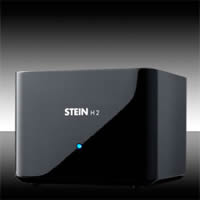 An 8-plus goes as well to Stein Music’s H2 Harmonizers. I’m using four, arrayed as recommended at the recommended height. Stein Music’s Magic Stones and Magic Blue Diamonds, operating in congruence with the H2 Harmonizers, get a seven – were I wearing younger ears, maybe a seven-plus or eight. I can only comment on what I hear, and at my age it delights me that I can hear anything.
An 8-plus goes as well to Stein Music’s H2 Harmonizers. I’m using four, arrayed as recommended at the recommended height. Stein Music’s Magic Stones and Magic Blue Diamonds, operating in congruence with the H2 Harmonizers, get a seven – were I wearing younger ears, maybe a seven-plus or eight. I can only comment on what I hear, and at my age it delights me that I can hear anything.

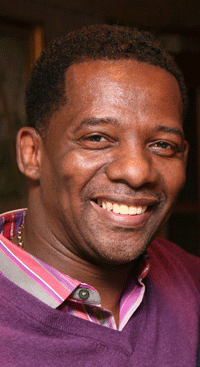 Although my common sense says, No, I must concur with Mike’s assessment of the WA Quantum Chip (however, I do not agree with his placing the RR77s on the same scale as the Steins. If the RR77’s rate at 8-plus or nine – then the Steins are a 29, maybe thirty – depending on the scotch!). Although I am as open-minded as most audiophiles when it comes to tweaks, and have been enjoying and reporting on their various effects for years, the WA Quantum is a tweak that even I—a confirmed tweakaholic—found hard to believe.
Although my common sense says, No, I must concur with Mike’s assessment of the WA Quantum Chip (however, I do not agree with his placing the RR77s on the same scale as the Steins. If the RR77’s rate at 8-plus or nine – then the Steins are a 29, maybe thirty – depending on the scotch!). Although I am as open-minded as most audiophiles when it comes to tweaks, and have been enjoying and reporting on their various effects for years, the WA Quantum is a tweak that even I—a confirmed tweakaholic—found hard to believe.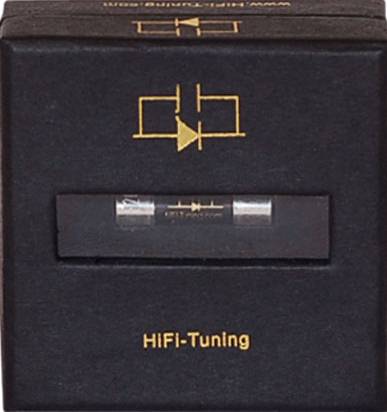




Be the first to comment on: WA-Quantum Supreme Loudspeaker Chips